Trending Topics:
- Fed Rate Cut
- Kyiv Trump
- Zelensky
- Imran Khan
- US Embassy in India
End of an era: Pope Francis dies at 88, Vatican begins search for new leader
From the pope’s passing to the election of a new leader, the Catholic Church follows a centuries-old, meticulously orchestrated process.
1/11

The death of a pope sets in motion a meticulously planned sequence of events, from verifying his death to selecting a new leader for the Church. (Image: News18 creative)
2/11

The Camerlengo formally verifies the pope’s death by visiting the body, calling the pope’s name three times, and then proclaiming his passing. (Image: News18 creative)
3/11

The Camerlengo uses a special hammer to destroy the pope’s ring and the papal seal (bulla), symbolizing the end of his authority and preventing any possibility of document forgery. (Image: News18 creative)
4/11

The pope’s private chambers are sealed, marking the beginning of the sede vacante period, during which the governance of the Church temporarily passes to the College of Cardinals. (Image: News18 creative)
5/11
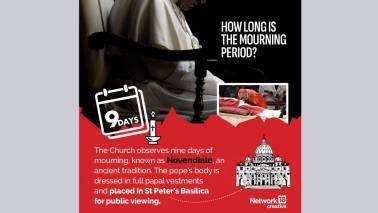
The Church observes nine days of mourning where the pope's body is dressed in full papal vestments and placed in St Peter's Basilica for public viewing. (Image: News18 creative)
6/11
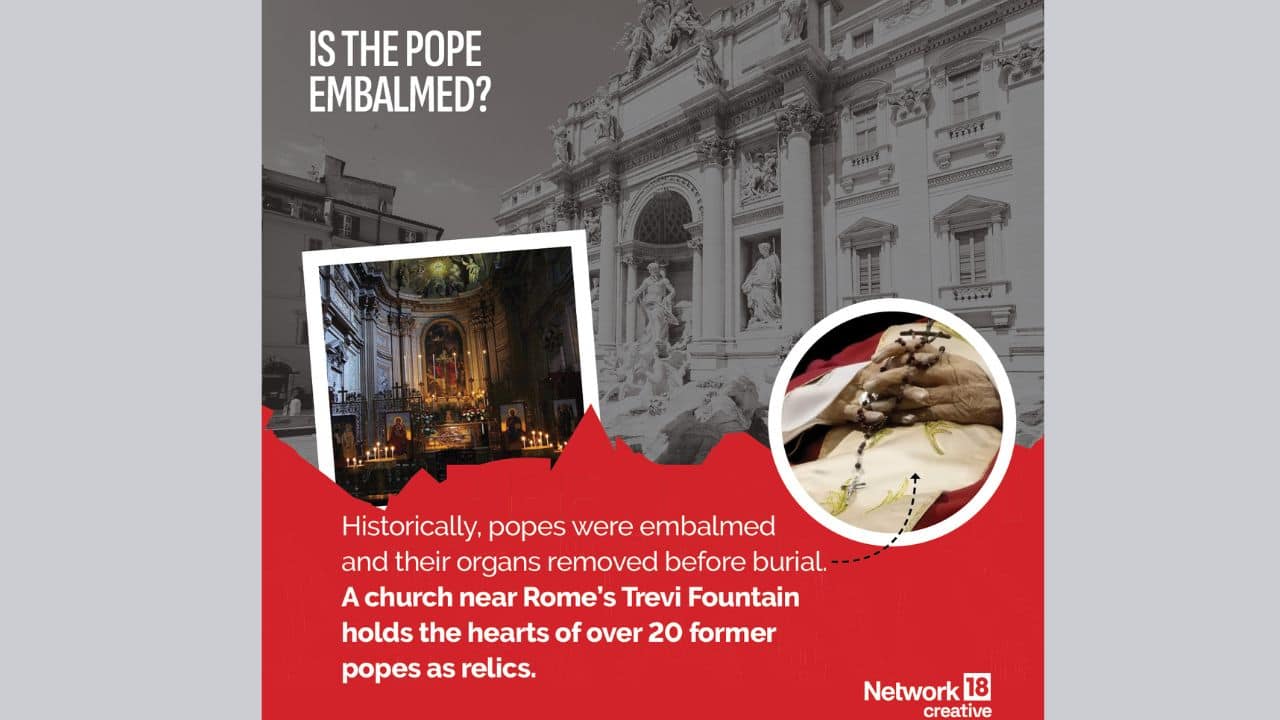
Historically, popes were embalmed, and their organs were removed before burial. A church near Rome's Trevi Fountain is home to the hearts of over 20 former popes, kept as relics. (Image: News18 creative)
7/11
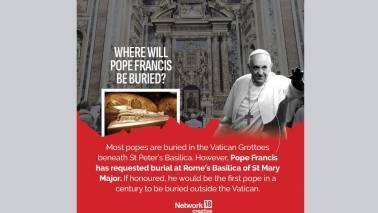
Most popes are traditionally buried beneath St. Peter’s Basilica. However, Pope Francis has expressed a wish to be buried at Rome’s Basilica of St. Mary Major. If his request is honored, he would be the first pope in this century to be buried outside the Vatican. (Image: News18 creative)
8/11
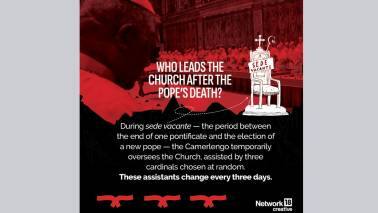
During the sede vacante period, the Camerlengo temporarily oversees the Church, assisted by three cardinals chosen at random. These assistants change every three days. (Image: News18 creative)
9/11

The next pope is selected through a secretive process known as the conclave, which takes place in the Sistine Chapel. While any Roman Catholic male can technically be elected, every pope since 1379 has been chosen from the College of Cardinals. Cardinals under 80 years of age write their choice on a piece of paper and place it in a chalice on the altar. A candidate needs a two-thirds majority to be elected. (Image: News18 creative)
10/11
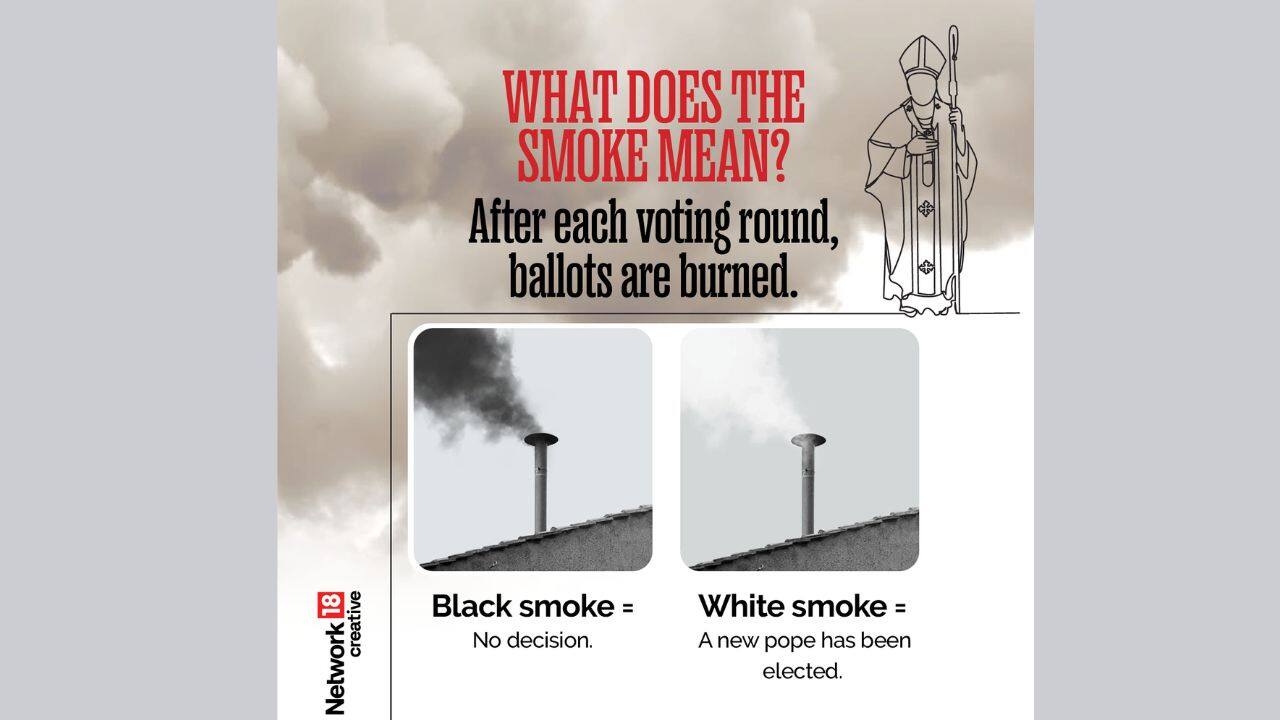
If no winner is reached, up to four voting rounds are held each day. After each round, the ballots are burned, with black smoke indicating no decision has been made, and white smoke signaling the election of a new pope. (Image: News18 creative)
11/11

The chosen cardinal is then asked if he accepts the decision. If he agrees, he selects a new papal name, dons the traditional white cassock, and steps onto the balcony overlooking St. Peter's Square to deliver his first address. (Image: News18 creative)
Discover the latest Business News, Budget 2025 News, Sensex, and Nifty updates. Obtain Personal Finance insights, tax queries, and expert opinions on Moneycontrol or download the Moneycontrol App to stay updated!





